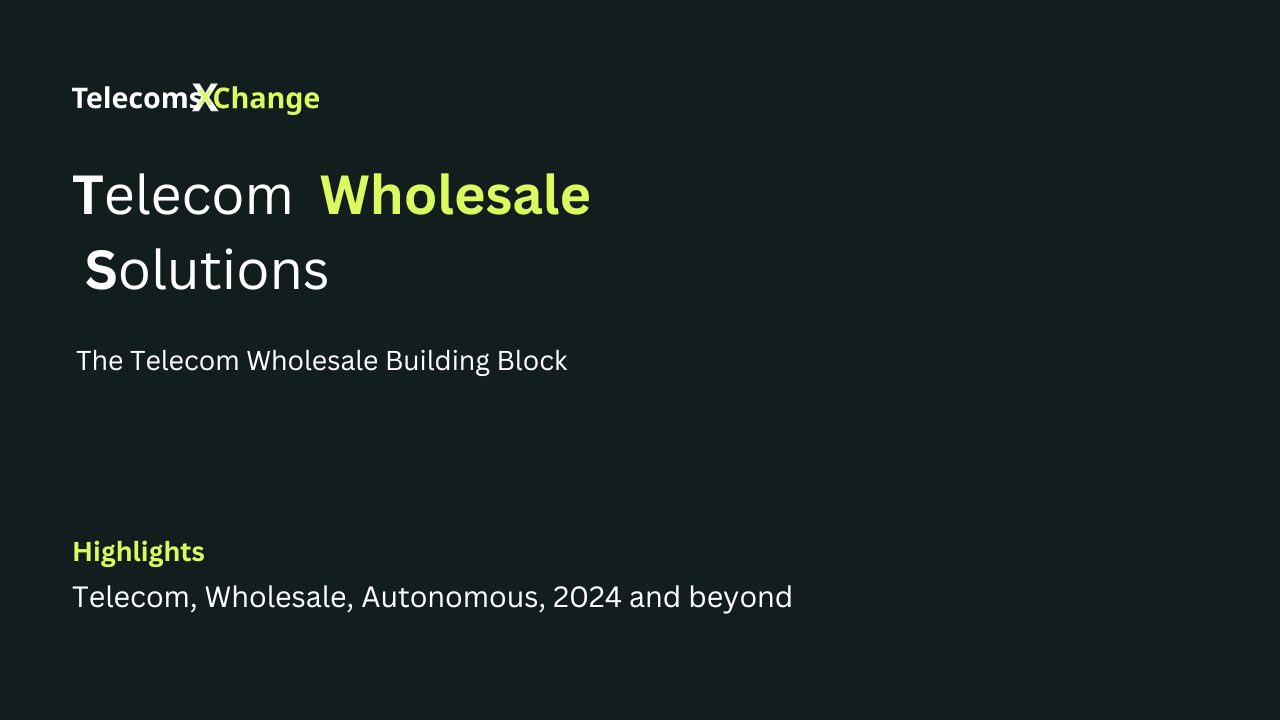Introduction
The telecom wholesale industry is now grappling with a multitude of challenges that legacy systems are increasingly ill-equipped to handle. From the complexities of Origin Based Rating and CLI verification/validation to the growing threats of robocalls, spam, and fraud in messaging, the demands on telecom operators have never been greater. Legacy systems, while reliable, were not designed to support the rapid integration of these modern features, leaving telcos struggling to keep pace. The inability to easily adapt and integrate these critical capabilities into existing infrastructure is a significant pain point, leading to inefficiencies, higher operational costs, and a potential loss of competitiveness in an evolving market.
The Modern Telecom Wholesale Stack: Adapting to Change
In 2024 and beyond, the telecom wholesale landscape demands solutions that can be deployed alongside existing legacy infrastructure without necessitating disruptive changes. The modern telecom wholesale stack needs to act as a catalyst for innovation, making the entire network smarter while providing a foundation for continuous integration. The key here is to avoid tampering with decades-old software and hardware infrastructure, which, although reliable, lacks the agility required in today’s market.
The Need for an Open and Flexible Wholesale Solution
The future of telecom wholesale lies in open solutions—solutions where the source code is accessible, though not necessarily free of charge. This open approach ensures that telecom operators keep control over their infrastructure while gaining the flexibility to adapt to new market demands swiftly.
A telecom wholesale stack in 2024 must function as a gatekeeper, deployed by the operator either in the cloud, on-premises, or in a hybrid model. It should face the wholesale customers directly, performing essential functions like AAA (authentication, authorization, accounting). This ensures a secure and efficient operation, capable of handling the complexities of modern telecom networks.
Comprehensive Signaling Components: SIP and SMPP
To ease seamless integration with existing networks, the wholesale stack must include all necessary signaling components for both voice and SMS, such as SIP (Session Initiation Protocol) and SMPP (Short Message Peer-to-Peer). By doing so, it allows for continuous integration to occur on the wholesale stack itself, rather than risking the stability of legacy software and hardware systems.
Integration with Third-Party APIs: Expanding Capabilities
One of the significant advancements in telecom wholesale solutions is the ability to integrate with third-party APIs, such as camera project APIs that telcos are beginning to expose to the developer community. This integration expands the capabilities of telecom operators, enabling them to offer innovative services and stay competitive in an increasingly digital landscape.
Continuous Commercial Support and Customization
In today’s fast-moving telecom industry, operators require more than just a robust wholesale solution; they need a system that is commercially supported 24×7 with code-level customization. The ability to respond to business requirements swiftly, with new features appearing on the wholesale stack within a week or two, is essential for maintaining a competitive edge. This level of support ensures that operators can focus on their core business while the wholesale solution evolves to meet new challenges and opportunities.
Conclusion
The telecom wholesale industry is at a crossroads, where the need for a flexible, open, and integrative stack is paramount. As new technologies and regulations emerge, the ability to adapt quickly without disrupting legacy infrastructure will be the key to success. An open telecom wholesale stack, deployed as a gatekeeper and pre-integrated with modern signaling components and third-party APIs and Ai models, offers the adaptability and continuous integration necessary for thriving in 2024 and beyond.
For operators looking to future-proof their networks, investing in a telecom wholesale solution that offers robust support, flexibility, and seamless integration with legacy systems is not just an option—it’s a necessity.
How TelecomsXChange helps tackle this issue
For more information on how TelecomsXChange (TCXC) is empowering operators with cutting-edge telecom wholesale solutions, visit our website to learn more about the TCXC wholesale platform as a service.
TCXC offers a comprehensive suite of tools and services designed to enhance operational efficiency and maximize profitability for telecom operators. Explore their innovative platform to discover how we are revolutionizing the telecom industry through cutting-edge automation, advanced analytics, and seamless integrations.
Useful Resources:
